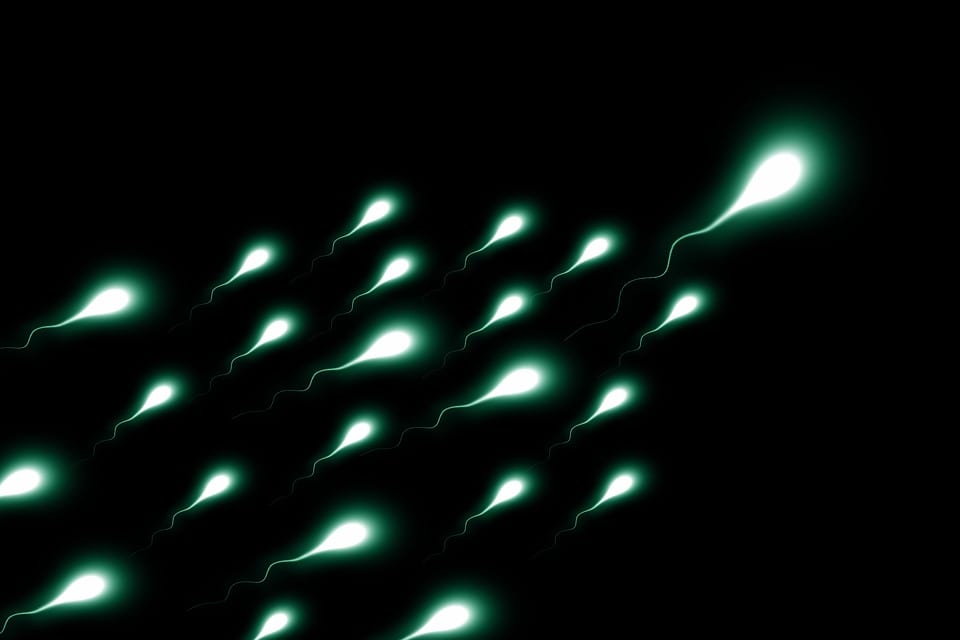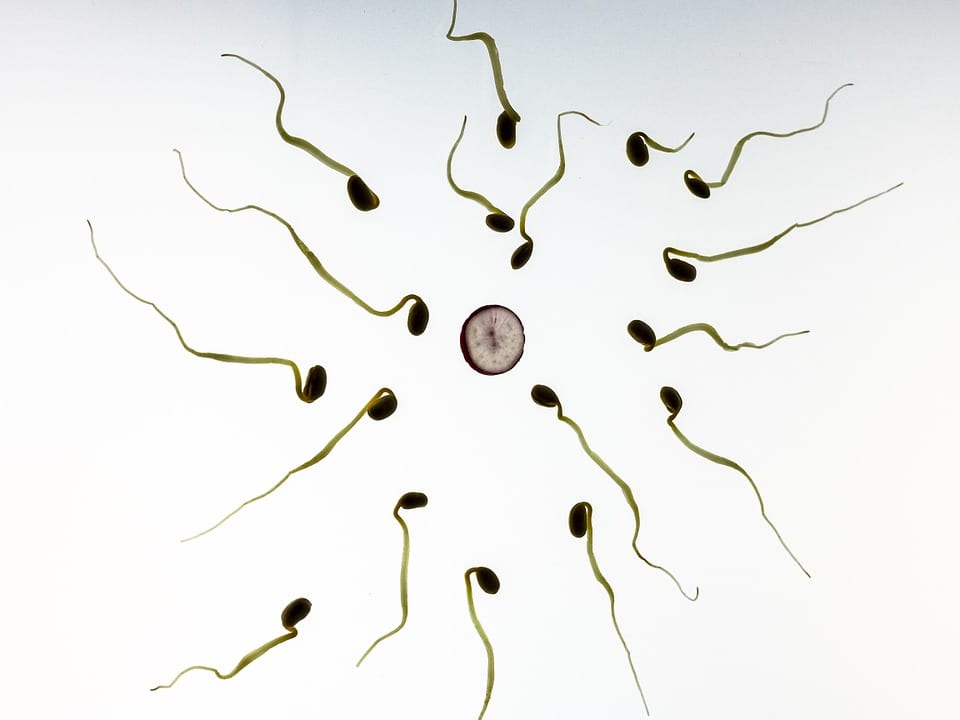
We see it as something so natural that we are not aware of the miracle that occurs in each pregnancy. For fertilization to be possible, each of the possible variables, which are many, must be perfectly orchestrated. If you are looking for a baby or you already have one but you want to know more about what the process of the miracle of life is like, today we will tell you how it occurs fertilization step by step.
Fertilization is the union between an egg and a sperm in the fallopian tubes. But this process that seems simple requires that other things happen first. Let's see what the phases for human fertilization.
Ovulation
This process is essential for fertilization to occur. It is the starting point of the reproductive process. Without a mature egg to fertilize, there can be no pregnancy. During the menstrual cycle, a woman's hormones regulate the growth, maturation and release of the ovum. That is why it is so important to know our ovulation days to get pregnant.
Ovulation is a process of the menstrual cycle that usually happens towards the middle of the woman's period, between the 10th and the 21st, although the most common is around the 14th. A series of changes take place in the woman's body in order to have that mature ovum. Some women notice the changes more than others, but if you want to know more about this topic, don't miss the article on «how to calculate ovulation ».
La first phase of ovulation is the follicular phase that starts with the rule. In this stage, the follicles that will host the egg will develop. Estrogen levels increase so that they develop properly and the mature egg is released. It will be available only 24 hours to be fertilized. It is usually recommended to start 2-3 days before ovulation, since sperm can remain alive within the woman for up to 4 days.
Intercourse
After intercourse, millions of sperm are deposited through the semen in the woman's vagina. They have to ascend and pass through the uterus in order to reach the fallopian tubes to achieve their goal. The fallopian tubes connect the ovaries to the uterus.
They may seem like a lot, but of the millions of sperm in semen, only a few hundred will reach the egg. To give you an idea of about 200 million that may have only about 200 will reach the mature ovum. The others will die along the way, and only one will be chosen to cross the two barriers of the ovum and achieve fertilization (or several at the same time in the case of multiple pregnancies).
Union between the egg and the sperm
It is when a sperm finally manages to be the winner and cross the membranes of the mature ovum, the radiated crown and the zona pelludica. In order to degrade the zona pellucida, more than one sperm is necessary to achieve this, although only one can enter. Once the egg enters, the state of its membrane changes from permeable to impermeable, so that no more can enter.
Once they unite, the sperm lose their tail and increase in size, forming the male pronucleus. It is then positioned near the nucleus of the ovum (or female pronucleus). If both are together is when they can merge. This process culminates in the formation of the first cell of the embryo: the zygote.
In the event that there is no fertilization, the ovum is carried to the uterus to be degraded through menstruation and start over.

Implantation
The implantation is the most delicate phase of fertilization. If there is not a correct implantation there will be no pregnancy even though the sperm has fused with the ovum.
After fusing, the fertilized egg travels through the fallopian tubes to the endometrium so that the embryo anchors itself and can continue its development. Only 30% will nest correctly. Otherwise, it will be expelled from the body and menstruation will begin again.
Because remember ... we are so used to seeing pregnant women that we are not aware of the miracle that each one of them is, and how difficult it is even if it seems otherwise.